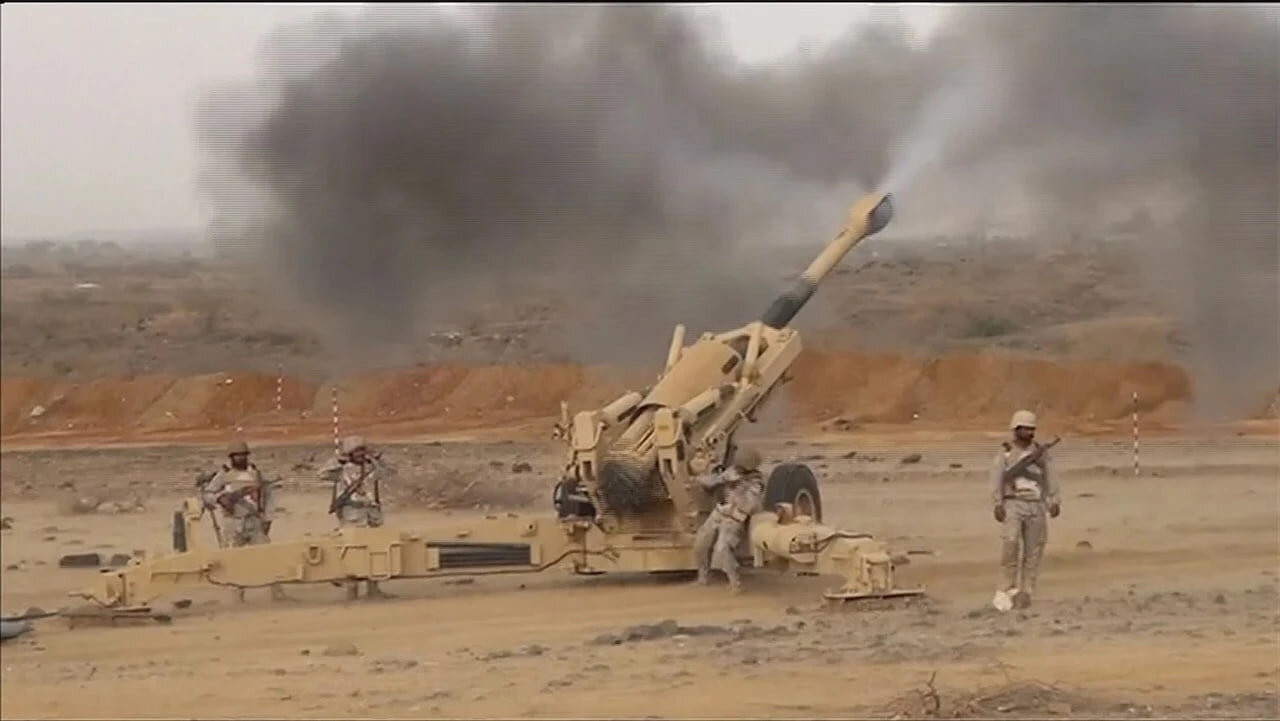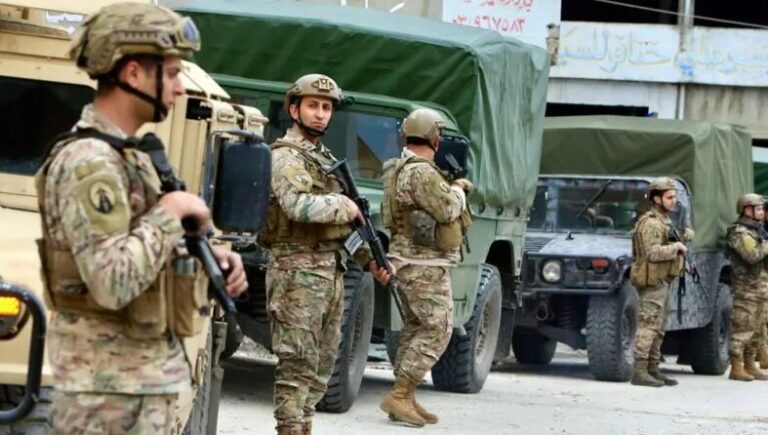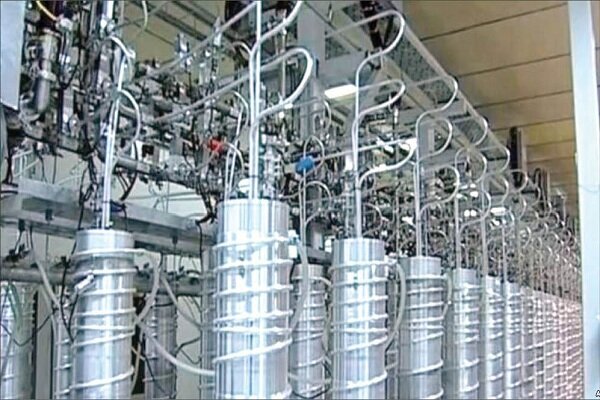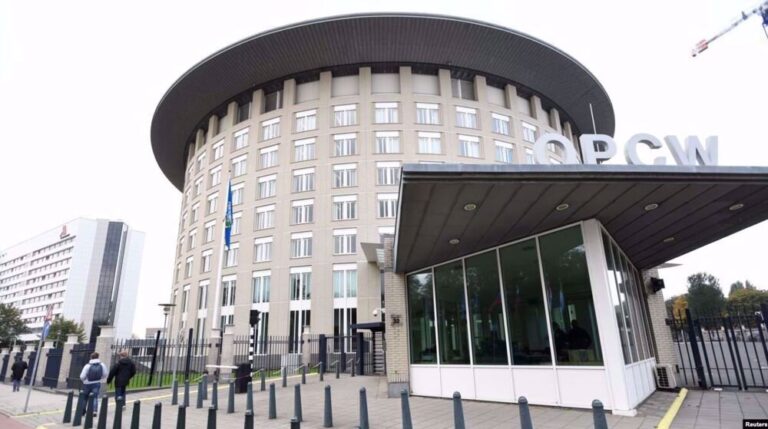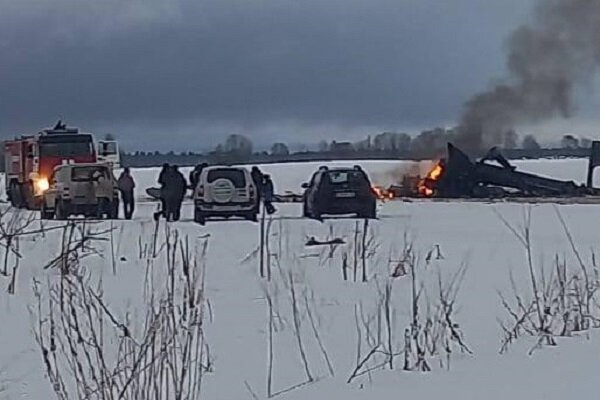Saudi Arabia Strikes Yemen Border Areas Following Intense US Airstrikes: Escalating Tensions in the Region
The recent escalation of military action in Yemen highlights the ongoing conflict and the involvement of foreign powers. On April 16, the Saudi military executed missile and artillery strikes on the border regions of Yemen’s Saada governorate, as reported by Al-Masirah TV. This attack targeted the historic stronghold of Ansarullah, yet fortunately, no civilian casualties were documented in the aftermath of the strikes.
This assault was closely followed by airstrikes conducted by U.S. warplanes, which targeted multiple locations, including the Majz district in Saada and the Mefaa Anas district in Dhamar governorate. On the same day, U.S. forces carried out over 25 airstrikes across several governorates, including Al-Bayda, Hodeidah, Amran, and Saada.
Washington’s military engagement in Yemen intensified on March 16, with the aim of hindering the operations of the Yemeni Armed Forces (YAF) in their support of Palestinians in Gaza. This escalation has tragically resulted in numerous civilian casualties and significant damage to essential civilian infrastructure throughout the country.
According to a report from the Wall Street Journal (WSJ) on Tuesday, UAE proxy militias are preparing for a ground offensive aimed at seizing control of the port city of Hodeidah from the YAF, bolstered by support from Washington. The report states:
“Private American security contractors provided advice to the Yemeni factions on a potential ground operation, people involved in the planning said. The United Arab Emirates, which supports these factions, raised the plan with American officials in recent weeks.”
U.S. officials disclosed to the newspaper that Washington has executed more than 350 strikes as part of its ongoing campaign against Yemen. However, these aggressive military actions have not succeeded in curbing Sanaa’s pro-Palestinian initiatives.
In discussions with various sources, Saudi officials have expressed their intention to refrain from participating in or assisting any ground offensive in Yemen. This stance is particularly notable considering past attempts; in 2018, Saudi Arabia launched three operations aimed at capturing Hodeidah but ultimately met with failure.
The repercussions of this ongoing conflict have led to retaliatory measures from Ansarullah forces, who have conducted ballistic missile and drone attacks on key Saudi cities. Notably, they targeted a Saudi Aramco oil storage facility in Jeddah, posing a significant threat to the kingdom’s oil production and export capabilities.
To provide clarity on the current situation, here are some key points regarding the recent military actions in Yemen:
- Saudi Military Actions: The Saudi military has conducted missile and artillery attacks in Saada governorate.
- U.S. Airstrikes: Over 25 airstrikes were launched by U.S. warplanes across various Yemeni governorates.
- Impact on Civilians: Despite the military actions, no civilian casualties have been reported following the Saudi strikes.
- UAE Proxy Militias: UAE-backed militias are planning a ground offensive to capture Hodeidah.
- Retaliation from Ansarullah: Ansarullah forces have responded with missile and drone attacks targeting Saudi Arabia.
As the conflict continues, the international community watches closely, with concerns over the humanitarian impact on the Yemeni population and the broader implications for regional stability. The ongoing military strategies employed by various factions only serve to deepen the complexities of this already intricate situation.
In summary, the military conflict in Yemen remains unresolved, with foreign interventions complicating the dynamics on the ground. The developments in Saada and Hodeidah underscore the urgent need for a diplomatic resolution to end the suffering of the Yemeni people.
For more updates on the situation in Yemen, stay tuned to reputable news sources and continue to follow developments closely.
(Source: The Cradle)
